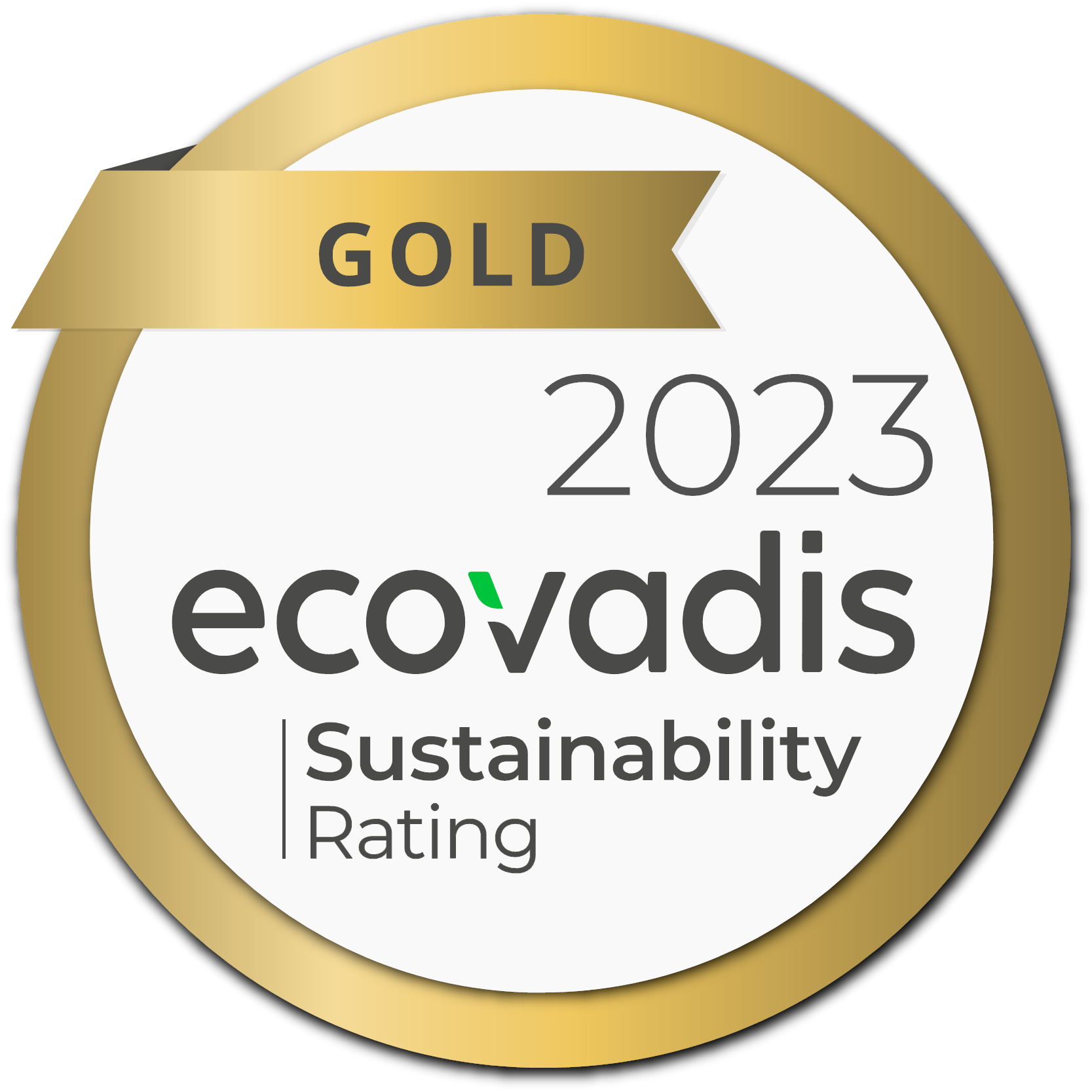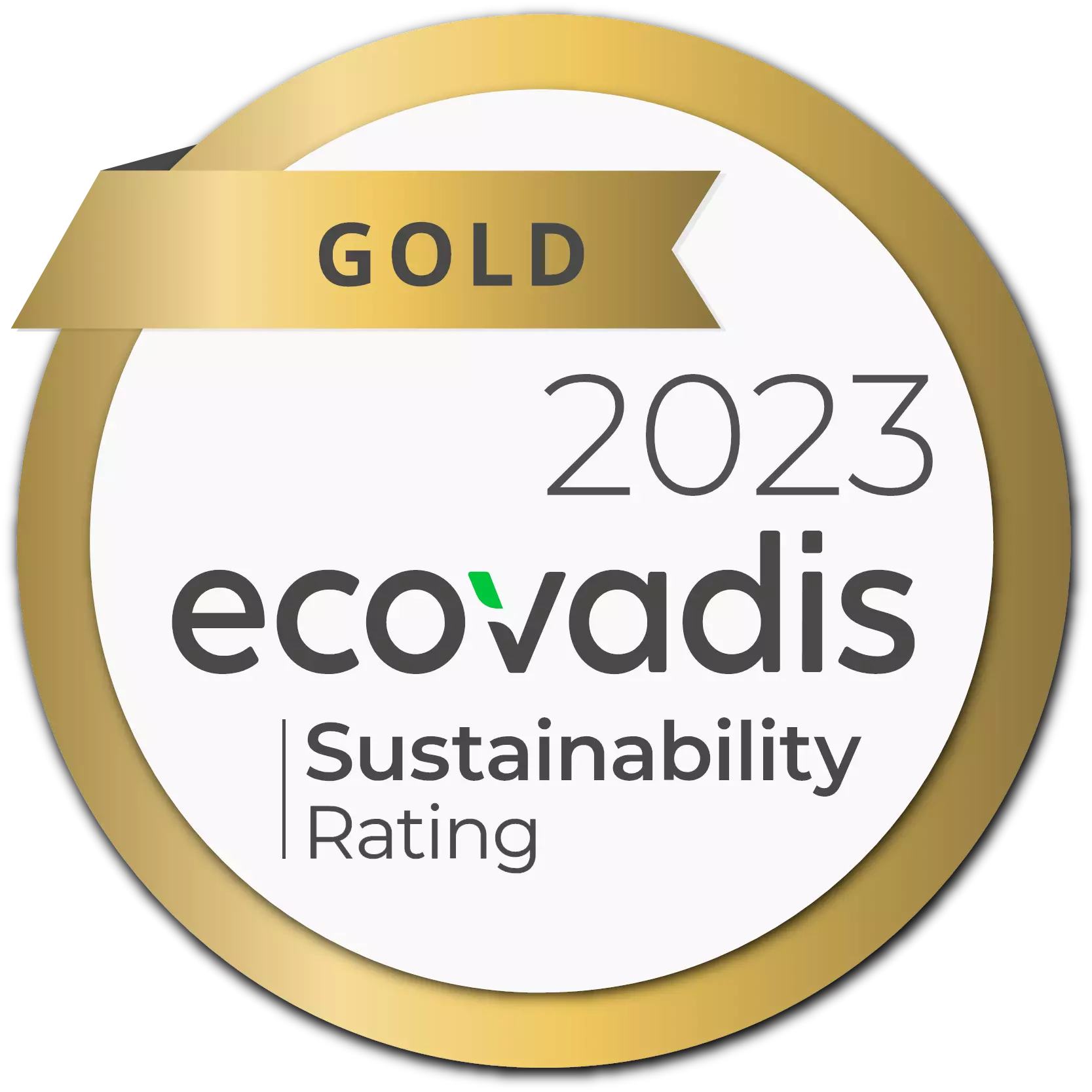Different types of Butyl Phenol and their Uses
Butyl Phenol, an organic compound belonging to the phenol family, are fascinating chemicals that have gained significant attention due to their diverse applications in various industries. Butyl Phenol are also known by alternative names such as 4-Butylphenol, Butyl hydroxybenzene, etc. These are characterized by a butyl group (-CH4H9) attached to a phenolic ring. With molecular weights hovering around 150 and 206 g/mol and a boiling point ranging from 38 to 95 degrees Celsius, depending on the specific type, butyl phenols holds a significant position in functional groups as an alkyl substituent.
Vinati Organics has created an informative guide explaining the diverse butyl phenol types, their chemical characteristics, notable properties and extensive applications.
Understanding the Various Types of Butyl Phenol and Their Applications
Butyl Phenols, produced through the reaction of phenols with isobutylene, are a diverse class compounds available at Vinati Organics. As one of the few companies globally that are integrated manufacturers of Butylphenols using isobutylene, we offer a comprehensive range of high-quality butyl phenols. Our product lineup includes the following:
Ortho Tertiary Butyl Phenol (OTBP)/2 Tert Butylphenol
- Chemical Formula: C10H14O
- Positioning: The tert-butyl group is attached to the ortho position of the phenolic ring
- Properties: OTBP presents as a colorless liquid with a -7 degrees C melting point. It exhibits solubility in various organic solvents and possesses a characteristics aromatic odor
- Uses: OTBP serves as a vital raw material in the production of synthetic oil-based resins. Its applications extend to the manufacturing of adhesive, coatings, and antioxidants
- Availability: Ortho Tertiary Butyl Phenol is commonly supplied in ISO tankers
Para Tertiary Butyl Phenol (PTBP)/ 4 Tert Butyl Phenol
- Chemical Formula: C10H14O
- Positioning: The tert-butyl group is attached to the para position of the phenolic ring
- Properties: PTBP manifests as an organic aromatic compound with a molecular formula of C10H14O. It exists as a colorless solid with a melting point of 93 degrees celcius and exhibits a characteristics phenolic odor
- Uses: Para Tertiary Butyl Phenol finds extensive use in the production of epoxy resins, polycarbonate resins, and curing agents. It also serves as a crucial chemical intermediate in various synthesis processes
2,4 Di Tert Butylphenol (2,4 DTBP)
- Chemical Formula: C14H22O
- Positioning: Two tert-butyl groups are attached to the phenolic ring – One at the ortho position and one at the para position
- Properties: 2,4-Di-tert-butylphenol presents as a white crystalline solid with a melting point of 70-73 degrees celsius
- Uses: This compound finds particular utility in producing antioxidants, especially in the plastic industry. It assists in preventing degradation and extending the lifespan of rubber products
2,6 Di Tert Butylphenol (2,6 DTBP)
- Chemical Formula: C14H22O
- Positioning: Two Tert-butyl groups are attached to the ortho positions of the phenolic ring
- Properties: 2,6-Di-tert-butylphenol exhibits a colorless appearance, ranging from light yellow to white. It is odorless and possesses the unique characteristic of floating on aqueous solutions. It belongs to the phenols and alkylphenols group
- Uses: This compound finds applications in various industries such as plastics, adhesives, and paints, where it acts as an antioxidant, stabilizer or intermediate for synthesis
The different types of butyl phenol derivatives offer an array of chemical characteristics and exhibit wide-ranging applications across various industries. Each above mentioned butylphenol type has distinct properties and find utility in different sectors.
As a distinguished industry leader, Vinati Organics takes pride in being a prominent manufacturer and supplier of different types of Butylphenol. With an extensive global presence in 35 countries, we have gained recognition for our commitment researching and developing innovative, eco-friendly chemicals that meet the highest purity standards. Our substantial investments in research and development have focused on enhancing catalyst utilization, optimizing equipment, refining processes, and refining operating parameters.





